In addition to purchasing medical cannabis products, patients also have the option of growing their own personal crop of cannabis plants. This article will act as an introductory guide to growing, cultivating and harvesting your own cannabis.
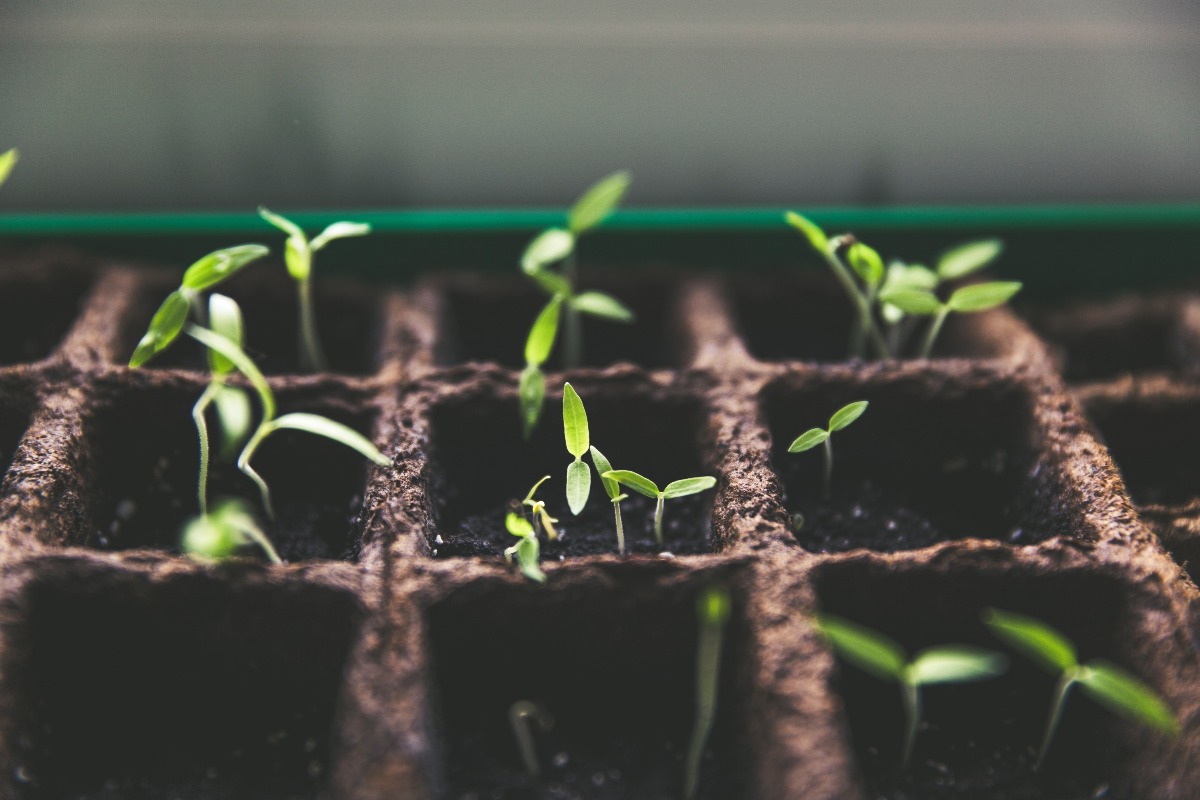
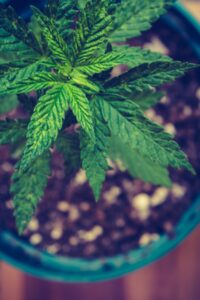 Room to Grow
Room to Grow
Last year’s pivotal law, the Cannabis Act not only made cannabis legal for purchase, but it also permitted users to grow their own cannabis plants.
Here’s what’s allowed: recreational users are permitted to grow up to 4 plants, while medical cannabis patients can grow up to 25 plants and sometimes even 50 plants, depending on their circumstances. In addition, medical patients can also designate a certified grower to cultivate their plants for them.
The Art and Science of Cannabis Cultivation
The resilient cannabis plant is known to grow in diverse environments around the world from hot and humid to cold and dry. In order to produce medical grade cannabis that can benefit patients, a detailed and thoughtful approach must be taken with the cultivation process. After all, the cannabis plants that are naturally found in the wild are not the same as the cannabis sold in legal retail outlets.
The medical cannabis sold on retail and online shelves has been carefully bred to maximize cannabis quality, terpene profiles and specific cannabinoid concentrations like THC, CBD and CBN.
The subject of growing cannabis is an extremely well-researched topic with tomes of literature dedicated to the art and science that is cannabis growing and cultivation. With this in mind, this article is not an exhaustive guide but rather acts as a basic entry point for patients who wish to familiarize themselves with the general concepts of growing, cultivation and harvesting.
Here, you will learn about the basic lifecycle of the cannabis plant as well as industry terms and general knowledge. For patients who wish to advance their knowledge, it’s recommended to carry out additional research to properly learn the many intricacies of cannabis cultivation.
Learning About Cannabis Growth Stages
First, it’s vitally important to understand the major growing stages of the cannabis plant. Here’s a quick overview.
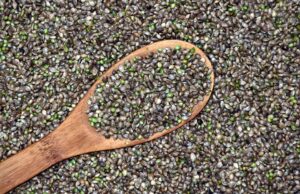
1. Seed
Just like other plants, cannabis plants begins with seeds. As a grower, you want to make sure you have female cannabis seeds, as females are solely responsible for producing desirable cannabis buds that are fit for consumption. Male seeds and plants do not produce any buds and their presence actually negatively impacts the end results of your cannabis buds.
Also, it’s absolutely crucial to identify and eliminate any and all male plants in order to prevent the males from pollinating female plants. This will result in undesirable seedy, low quality buds. An easy and hassle-free way of avoiding male plants altogether is purchasing seeds that are “feminized.”
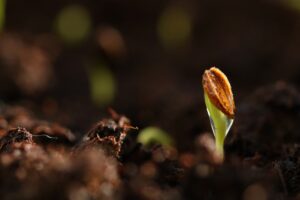 2. Germination to Seedling (24 hours to 7 days)
2. Germination to Seedling (24 hours to 7 days)
Your cannabis seeds will remain inactive (up to a year) unless you introduce them to moisture. From that point on, your seeds will “wake up” and break out of its shell. It will start to develop and sprout into a seedling. You can choose to germinate your seeds by placing them in between the folds of a wet paper towel.
Alternatively, you can plant your seeds directly into a small hole in a small pot with soil. In the next 24 hours or longer, your seed will sprout its taproot. Now is a good time to make sure your seedling is immersed inside a growing medium to ensure that your seedling takes root and continues to develop. Pots with air holes are highly recommended to allow for the root to access sufficient oxygen.
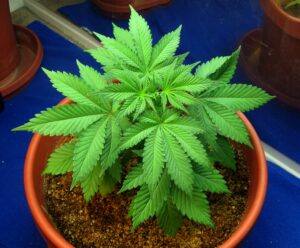 3. Vegetative (60 days)
3. Vegetative (60 days)
In the coming weeks, with adequate air flow, water, nutrients and light, your seedling will begin to mature into a young cannabis plant. Its roots system as well as stem will expand and stabilize. Your cannabis plant is now officially in its prime growth phase.
To ensure that your plant grows healthy and strong, you will need to provide plants with at least 12 to 15 hours of natural sunlight or 18 hours of artificial light on a daily basis. Ample light exposure will allow for maximum photosynthesis, which will result in optimum plant development. You will start to notice new side-branches, nodes and leaves sprouting from the main stem. As the plant gets bigger and stronger, it’s imperative that it receives more water and essential nutrients like nitrogen. You’ll need to stay diligent in this vegetative phase and carefully observe the plant for any abnormal changes like yellowing or curling leaves, which can be an indication that the plant isn’t getting enough water or nutrients.
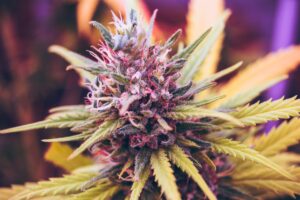 4. Flowering (8 to 10 weeks)
4. Flowering (8 to 10 weeks)
This phase sees the actual production of cannabis buds. Growers can trigger the flowering phase by reducing light exposure and making sure the cannabis plant receives long, uninterrupted periods of darkness. This will trick the cannabis plant into thinking that it’s facing shorter days and it will start flowering.
If you’re using “auto-flowering” seeds, there’s no need for a trigger as these seeds are genetically programmed to automatically flower after a certain period of time. In the wild, cannabis plants begin growing in the spring and stay in a vegetative state until the waning days of late summer signal it to begin flowering. Expect your cannabis plants to experience a massive growth spurt during the flowering phase. This phase will require special attention to nutrients and careful environmental controls to ensure optimal bud production. It’s important to be patient at this step to allow buds to properly develop and mature.

5. Harvest
You’ll know it’s time to harvest when the pistils (brightly colored hairs) change from a milky white to a reddish orange hue. Use a pair of gardening scissors or shears to carefully clip and prune all of the stems and branches off of your cannabis plant.
Next, you’ll want to cure your cannabis by hanging the individual branches upside down to dry for about a week. Then, you’ll want to gather and pack your buds into air-tight mason jars and periodically open or “burp” these jars once a day to release excess moisture and accumulated gases. This process readies your cannabis buds for consumption by maximizing chemical potency as well as settling flavor profiles.
Now that we’ve summarized the cannabis growing and cultivation process, let’s explore the finer, more granular details.
Indoor, Outdoor or Greenhouse?
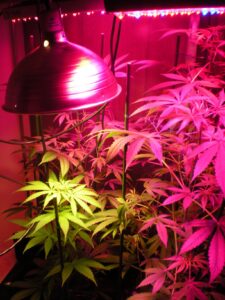
The first major decision to make is where you’re going to be growing your cannabis. Available choices are indoors, outdoors or in a greenhouse. First, let’s examine what each production style is as well as weigh out the pros and cons.
- Indoor: This is a popular method among seasoned growers because indoor growing allows for cultivators to oversee and control all environmental factors such as water supply, light exposure, nutrients, ventilation, humidity and temperature. However, these advantages also make indoor growing the most expensive method as specialized equipment such as custom lights, timing systems and fans are required.
- Outdoor: This is the most natural setting for cannabis plants as all of the essential ingredients that cannabis needs to grow and thrive, such as soil and sunlight are readily available. However, cannabis plants are notoriously sensitive to environmental changes. Unfortunately, the outdoor growing method may expose plants to unpredictable weather fluctuations in temperature, humidity as well as potentially harsh conditions. There is also the matter of invasive pests and mold. The advantage to the outdoor method is that its relatively inexpensive.
- Greenhouse: This method harnesses outdoor and indoor advantages such as an enclosed environment to keep plants safe from the elements while allowing them to absorb natural sunlight. However, greenhouse growing can be problematic in regions where light cycles grow shorter as fall season approaches. The solution for this is using additional artificial lighting. During the colder months of the year, it’s required to keep greenhouse plants from freezing by using heaters.
Learning About Seeds and Clones
As a novice grower, you have to decide if you want to grow your cannabis from seeds or clones. Let’s weigh the pros and cons of each.
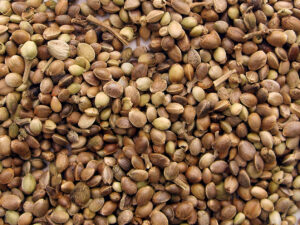
Cannabis Seeds
Growing your cannabis from seeds is the most natural way of cultivation. Seeds are readily available for purchase at most licensed retailers. You’ll want to buy seeds that are “feminized.” This means is that the seeds will produce female plants, which is crucial because only female plants generate viable cannabis buds.
Auto-flowering Seeds
There are also “auto-flowering” seeds, which have been genetically bred to start flowering by themselves after a certain period of time. Seeds of this sort are an attractive option for beginner growers. When you’re ready to plant, all you have to do is make a small hole by pushing your finger down in the soil and drop the seed into the hole and gently cover it. Make sure the hole isn’t too deep or shallow. After a few days, you will see a small sprout start to emerge. it’s believed that growing from seeds leads to a more sturdy cannabis plant as it is the most natural way of growing.
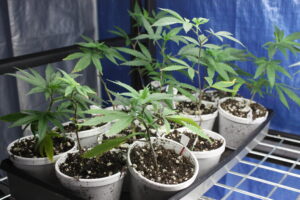
Clones
This method is cutting off a minor stem from a fully mature cannabis plant and planting it. The clone will possess the exact same genetic makeup as the plant it was cut from. When cloning, one always run the risk of the plant dying due to the trauma suffered from being cut and replanted. This method is useful if a grower wants to reproduce the exact same strain as the mother plant. Clones that have established a root system are ready to flower. In this regard, the cloning method can save growers significant amounts of time as opposed to growing from seeds.
Learning About Different Growing Mediums
A growing medium is what your cannabis plants will lay its roots in. Basically, there are three types of growing mediums: soil, soilless, and hydroponic. Let’s go over what each one means.
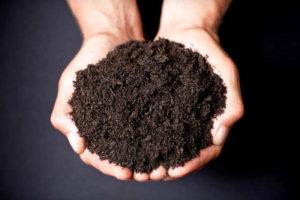
1. Soil
The most common growing medium is soil that can be purchased from your local garden center or nursery. This rich type of soil has all of the necessary elements needed to facilitate the beginning growth stages of your cannabis plant. Later on in its development, your cannabis plant will require its own specific set of macronutrients such as phosphorus, nitrogen, potassium, calcium, magnesium and sulfur.
It’s recommended to grow your cannabis in pots so that you’re able to move them around outdoors in order to drink in as much nurturing sunlight as possible. One of the drawbacks of using soil is that this tightly packed medium can restrict the amount of oxygen, water and nutrients needed for healthy roots.

2. Soilless
This growing medium is mostly used for indoor potted cannabis growing. Soilless mediums are organic and inorganic mixtures that can contain perlite, coco coir, peat moss, Rockwool, and vermiculite. These loose materials help create aerated space, which directly aids in allowing air, water and nutrients to be efficiently absorbed by the roots. Sometimes, soil mixes can be packed too tight, which prevents the roots of young seedlings from receiving enough oxygen, resulting in plant death.
In addition, some soilless mediums come readymade with minimal nutrients, healthy microbes and favorable pH levels that work in tandem to boost plant health. Yet another advantage that comes with soilless mediums is the reduced chance of pests and plant diseases.
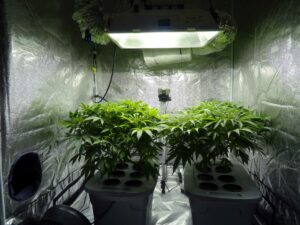
3. Hydroponic
The hydroponic growing medium is an ultra-popular method for growing vegetable mainstays like onions and lettuce. It’s also become the standard practice for seasoned indoor cannabis growers. Hydroponics refers to cannabis plants being grown in a nutrient-rich water medium.
By removing solid mediums such as soil or soilless altogether, hydroponic growers don’t have to worry about garden pests, measuring out nutrients, pH levels, among other factors. Hydroponics grant growers greater control of all aspects of the cannabis plant, while maximizing growth and development. Naturally, hydroponic growers will need to purchase a variety of materials such as water pumps, air pumps, tubing, and growth trays. As far as nutrients go, growers can purchase liquid nutrient mixtures that mix directly with the water supply.
 Ready, Set, Grow!
Ready, Set, Grow!
At first, cultivating your own cannabis may seem like a daunting and overly complicated procedure, but that’s part and parcel of a challenge. In growing, you will learn and in learning, you will grow.
Again, to reiterate, this article is only intended to act as an introductory preface to the existing encyclopedic knowledge of cannabis growing and cultivation. If you wish to nurture and grow your curiosity into knowledge, additional research is highly encouraged.




